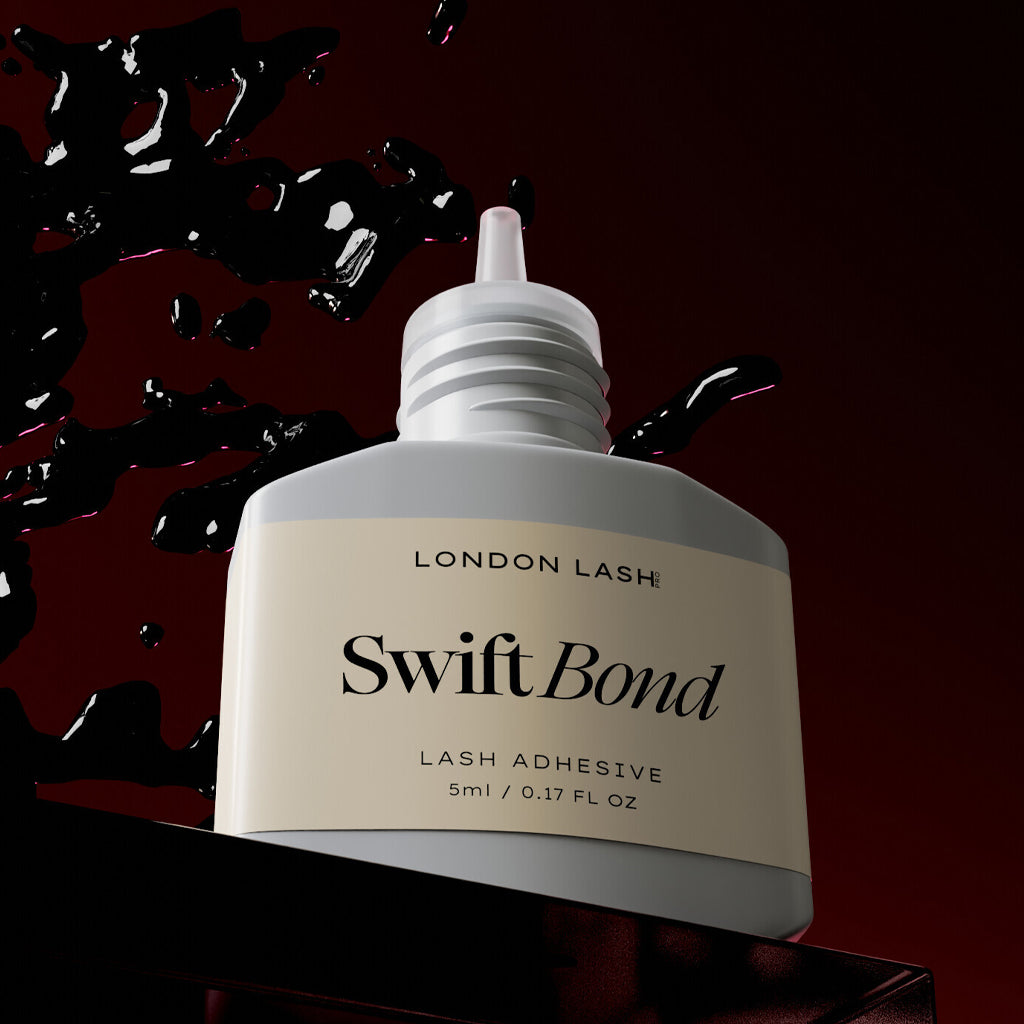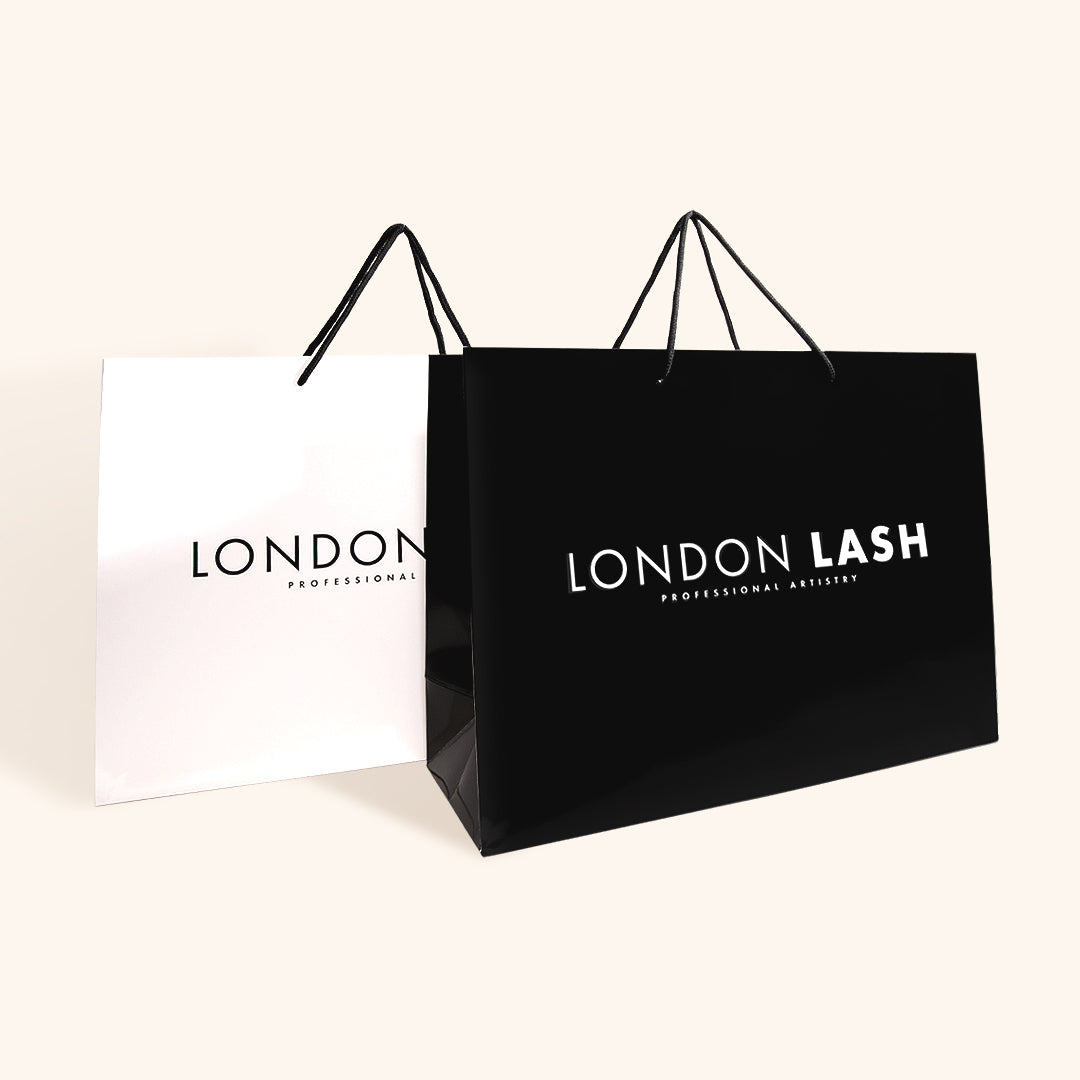New In
Glues & Liquids
Lashes
LASH LIFT
Dolla Nails Pro
Online Training
Save up to 57% off
Eyelash Extension Glue And Humidity 101
May 10, 2021 3 min read

How to Work With Lash Extension Glue and Humidity
We recognize the hustle of working with semi-permanent eyelashes across diverse settings, from sizzling LA lash lounges to chilly NY beauty salons. To keep your clientele growing, it's crucial to have top-notch lash extension products that deliver consistently.
An essential product in your lash kit is your lash glue. Perhaps you believe you've got the best one, but there might be an even superior option out there. Feeling a tad overwhelmed? We've got your back!
Ambient temperature and moisture levels can make or break the effectiveness of your eyelash adhesive. For Lash Artists aiming to provide clients with long-lasting eyelash extensions, these are key elements to consider.

How Does Humidity Affect Glue Performance?
Lash retention is client retention!
- When your lash studio feels like a sauna, your eyelash adhesive dries up in a jiffy. This leads to poor adhesion, as by the time you attach the extension to the natural lash, the adhesive has already cured. If you've seen lashes come off right after application during brushing, this is why! You might also observe your adhesive getting tacky faster on your jade stone.
- Conversely, in a chilly, dry lash room, the adhesive dries at a snail's pace. This can result in stickies or extensions pointing every which way.
- Adhesive fumes gravitate towards moisture. If the air's humidity is too low, these fumes will drift towards moister regions like the eyes, nose, and mouth, potentially causing discomfort. It's vital to monitor your moisture levels so that adhesive fumes are absorbed by the water vapor present.
- Remember, the slower the lash glue sets (indicating low humidity), the more fumes it releases. This increases the likelihood of your client experiencing eye irritation. We definitely don't want any chemical burns!
How Can You Modify Humidity?
- If the humidity is too low, a humidifier might be just what you need! There are some stylish options available online without breaking the bank. Just make sure to pick a humidifier that matches the size of your lash space so it covers the whole area.
- To up the humidity, sprinkle a few water droplets on your clients' eyepatches.
-
Incorporate a Booster in your pretreatment process to speed up the adhesive's curing time.
- For overly humid environments, a dehumidifier is your best bet. It works wonders year-round. While radiators can dry the air during winter, they also raise the room temperature, creating a dual challenge for your lash glue. A dehumidifier lets you manage humidity without the added warmth.

PRO TIP! Always be in the know about your room's temperature and humidity with a Digital Hygrometer!
We're here with a solution! Our incredible collection of eyelash extension glues is second to none. Whether you're a beginner, an intermediate, or a pro lash artist, we can guide you toward the best lash glue for various humidity levels. Our aim is for your clients to rave about their lash extensions and remain loyal for years on end!

Here's Our Handy Lash Adhesive Guide:
Step 1) Begin on the left and identify your expertise level: beginner, intermediate, or advanced.
Step 2) Pinpoint the temperature range of your workspace.
Step 3) Determine the room's humidity.
Step 4) Glide your finger across to discover our top adhesive recommendations.
Step 5) Below, you'll also find the viscosity of each product. Once you've identified the best lash glue for your needs, you can select your preferred consistency and refine your choices.

Once you have identified the perfect lash glue for you, simply follow this link to shop!
Check out these featured products
Subscribe
Sign up to get the latest on sales, new releases and more …





















